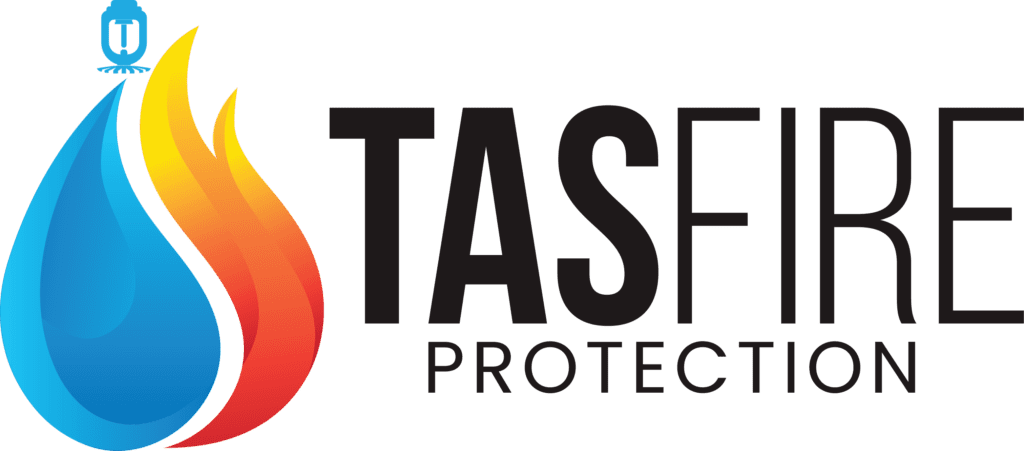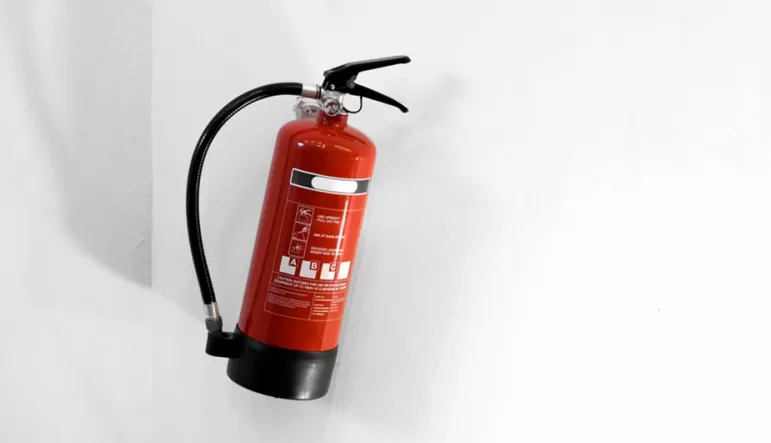Fire Extinguisher Placement Guidelines For Your House…
House fires are a much common emergency. It goes without saying that extinguishing the fire as quickly as possible before it turns into a blaze is vital to safeguard and preserve invaluable assets, and to that end, you will need to utilize a water fire extinguisher. You want agile access to the extinguisher as if there is a fire time is critically important. When something is in a blaze, the last thing you want is to dash across the entire home trying to find the equipment, only to discover that it is secreted within a bunch of clutter.
You may also like to read:
- Outdoor Summer Fire Safety Facts and Tips
- Fire Safety Tips In Canada
- Fire Safety Guide: Everything You Need To Know
- Fire Safety For Kids
Following these fire extinguisher placement guidelines, ensure that you have this vital fire protection device in the apt spot in your home when you want it the most.
Fire Extinguisher Placement Guidelines You Need to Consider
It’s a must to have a kitchen fire extinguisher. Because the kitchen is a place where there is more chance for a fire to start in your home, according to the U.S Fire Administration. In a home, over half of all fires start in this area. Usually, fires in this area are grease fires and it’s not possible to extinguish grease fires using water. Indeed, trying to douse kitchen fire using water is pretty dangerous. When the equipment is readily available, you can extinguish most grease fires quickly.
Even though the most likely spot you may need to utilize a fire extinguisher in the kitchen area is the stove/oven area. And it’s not a great idea to place the equipment quite closer to the stove. The grounds is that suppose something catches fire on or adjacent to the stove, it can lead you to reach out through the fire to get the equipment, which is not desirable. Even all the heat and smoke due to the fire may prevent you from grabbing the equipment.
So rather, place your equipment somewhere slightly far away from your stove. But it should be accessible. Plus, Fire extinguisher installation must be in those areas which are accessible in a matter of seconds.
A lot of fire experts advise that the equipment should be installed by the kitchen door. It can even be on the wall next to your kitchen!
It will be better to store the equipment within the kitchen so that one inside can see it from the room. But such placement also makes it easier for everyone to access it for the rest of that floor too. So this again works.
Other Places Where You Should Mount an Extinguisher
You need to mount the equipment on every floor of your home so that one is within reach without having to go upstairs or downstairs. This comprises one on the ground floor and the upstairs.
Besides housing our vehicles, a garage also doubles as a storage area. A lot of fire experts advise installing this fire protection device in the garage as well, besides the kitchen. The reason is that the garage is yet another spot in your home where the fire occurs, as this tends to be where we all hoard products such as building materials, excess paints, and chemicals like that. It’s not unusual for such things to be left in the garage without giving much thought to it. Be it a large or small garage, be sure that the equipment is placed there as well and can be accessed with ease. The perfect place in a garage to store a fire extinguisher is adjacent to the door. Also, be sure to check that the equipment in your garage is labeled for “flammable liquids.”
The bedroom is also a key place to keep extinguishers. And most fire emergencies at home occur in the overnight hours. So owing to that, a master bedroom is a great spot to keep a fire extinguisher(applicable for kids’ bedrooms as well).
What Kind of Extinguishers You Should Get?
There are various kinds of these fire protection devices, but when it comes to fire extinguishers services for home, it’s better to go for something which can douse different fire types that you might come across in your home. So you should get equipment which is a combination ABC extinguisher, which means they go a long way to put out:
- Class A extinguishers- fire in paper and wood, which are ordinary combustibles. The numerical rating for such equipment means the amount of dry chemical or water that the equipment carries and how much amount of fire it can put out.
- Class B extinguishers- fire in oil, grease,gasoline, kerosene, paint etc which are flammable liquids. The numerical rating for such equipment means approx. no. of square feet a flammable liquid fire which a dilettante person can put out.
- Class C extinguishers- Fire in electrical equipment or wire. For such equipment, there is no numerical rating. The letter C on the label means the extinguishing agent isn’t conducive.

Fire Extinguisher Placement For Every Location
When it comes to fire extinguishers placement throughout your home, it’s better to install them on the wall in a place that is easily seen. Indeed, fire experts also suggest this. Certainly, it won’t be attractive, but you should be mindful of the significance of safety vs. a perfectly decked-out home.
When you mount this equipment in plain sight, not concealed behind the curtains or behind the doors/cabinets, all of them in your home, or even guests can easily be able to locate the equipment in the event of a fire.
The Ontario fire code asserts that the equipment needs to be mounted so that it’s visible every time. This makes certain that an individual can spot them in a fire emergency.
In such an emergency, each second counts in getting the fire extinguished, so this can be crucial.
Besides, when the equipment is in plain sight, it can be difficult for the equipment to be buried within or get pushed back in the clutter since it can occur in the course of time in the rest of the spots.
A suggestion for fire extinguisher placement is on the wall by the pantry in your kitchen. When you do so, neither the mounting is obtrusive nor taking away from the decor.
If you’ve decided to mount the equipment somewhere out of sight, you should be more watchful to ensure that your family members know the place where the extinguishers are and can hastily get them without a necessity to move out other things in the event of a fire.
And if you do keep the extinguisher on the wall, refrain from placing them higher than 5 feet from the ground or else you may keep them out of reach for some of them and everything goes in vain.
Plus, in those places where the visibility is obstructed, you need to secure signs which indicate where the extinguishers are. Still, they need to be visible to anyone and not left in a cabinet or closet. To this cabinet rule, there are some exceptions, but the doors need to be transparent so that one can easily find the extinguisher.
Visit or make a call to TAS Fire Protection, our experts will give the best idea about extinguisher placements and fire installation services.

How to Use a Fire Extinguisher at Home
A fire extinguisher is merely helpful, provided it is utilized when you need them the most. And using a fire extinguisher may seem daunting, but fortunately, in reality, it is quite easy.
The key rule of firefighting is to save lives in the first place, and then your assets. Before trying to put out any fire, be sure you and your family are safe. Only when you can do so without putting anyone’s life at risk should you utilize fire fighting devices on hand. Be mindful that you can get objects replaced, but not people.
Ensure that your family members who are at a responsible age, (even children) have an idea where the equipment is and the way to use them. They should also easily be able to get to it when in need. During an emergency, only adults need to handle and utilize the equipment. But when it comes to the safety of your family and assets, you need to learn how to use the equipment.
First, there should be a minimum of one piece of equipment in your home and a minimum of one in your kitchen. The NFPA suggests having a minimum of 1 equipment on each floor of a home. Flames can begin anywhere, anytime! Except that you purchase a rechargeable fire extinguisher after using it, for any reason, you should get another extinguisher as well.
Extinguishers Can’t and Shouldn’t Reinstate Fire Department
Fire extinguishers are merely a single part of the whole fire safety puzzle. If there is an event of a fire in your home, you should get in touch with the fire department at once. When one person is ringing on 911, the other person needs to douse the flames using the fire extinguisher. This is vital as you don’t need to waste time awaiting the firefighters to arrive lest you didn’t douse the fire successfully using the extinguisher. Besides, even when you think that the fire is doused, the fire department must visit to inspect it, as the last thing you want is a fire to be smoldering and rekindle afterward when you believe that you are out of danger. They will see to it that there is no spread of fire afar the original fire area.
Remember the simple acronym-PASS so that you can recall what you need to do. When you can recall the acronym, it will be quite easier for you to use the extinguisher. Most of them work based on these directions, but sometimes some of them won’t. So go through the directions on the equipment and follow them religiously. Make sure that you remain 5 feet away from the fire. Also, prior to putting out a fire, be sure to ring on the fire department(911).
- P: Pull out the pin on the top of the extinguisher. Certain extinguishers call for removing the locking pin on the handle or lever. Whereas certain other extinguishers come with other lever releasing methods like a button.
- A: Aim the nozzle or cone towards the bottom of the flames. This is because when you direct the nozzle at the flames, which is something most non-expert individuals are inclined to do, the extinguishing will be ineffective as the extinguishing agent will go right through the flames. You want the substance to hit the bottom of the fire. It’s important to stick to the manufacturer’s guidelines on the best and secure distance between you and the fire while putting out the fire. In order to be effective, you should use the equipment from a distance of 6 to 10 ft or 1.8 to 3 m.
- S: Squeeze the handle so as to discharge the extinguishing agent. To stop the discharge, simply release the handle. Certain extinguishers come with a button instead of a handle.
- S: Sweep the nozzle to and fro at the base of the fire. Move cautiously towards the flames, keep the nozzle aimed at the bottom of the fire and sweep it to and fro until the fire is out (or appears to be). Avoid turning your back on the flames, watch the area lest the fire rekindles, and resume using the equipment if required.
Best Locations For Fire Extinguishers Besides Kitchen
- Adjacent to the exit
- In plain sight
- Up on the wall
- Out of reach from children
- Away from the heat source
- Not over 23 m(75ft) away from ordinary combustibles(paper and wood)
- Not over 15m (50ft) away from flammable liquids(Oil, grease, gasoline, kerosene, paint, etc.)
- Laundry area
- Workshop
- Basement stairwell
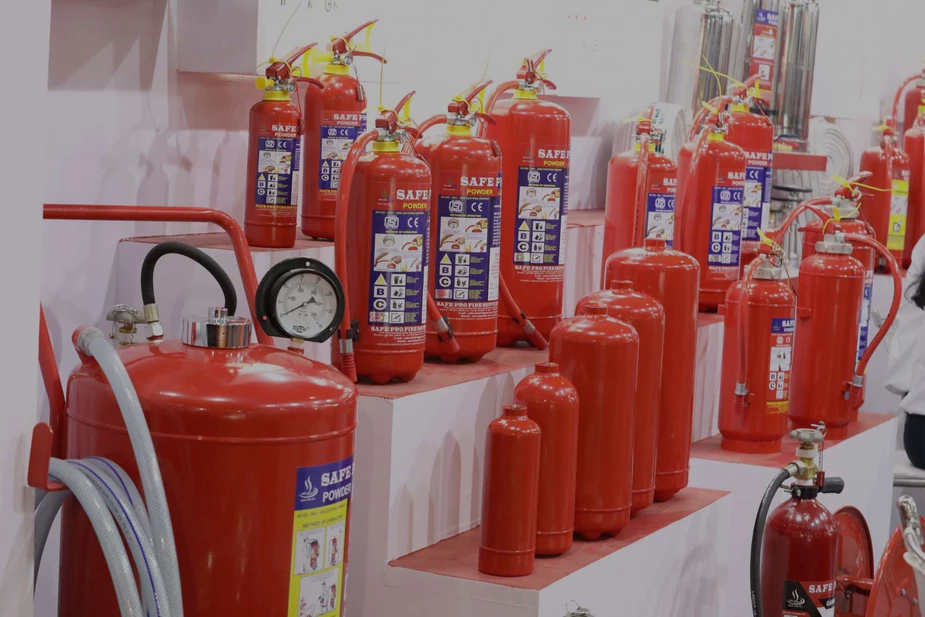
Fire extinguishers need to be placed in places where there is a possible fire risk is there in your home. Equally important as placing fire extinguishers in kitchens we may call it as kitchen fire extinguisher. bedrooms, and the garage is to keep them on near heat sources. One-fifth of all fire emergencies that occurred at residences are brought about by heating equipment. Be it the fireplace or chimney, or pellet stove or a room heater, make sure that you have an idea where the closest equipment is to each home heating device you have. Plus, just like cooking equipment, never place the equipment close to the heat source, but only a safe distance away.
Fire extinguishers need to be placed away from heat sources. Suppose they are exposed to heat, then there is a possibility that the content inside to be less effective or cause the equipment to swiftly lose charge. Also, you need to utilize mounting brackets as well, if they are provided with the equipment, for optimal fire extinguisher placement.
While mounting the equipment, place its carrying handle between 1 to 1.5 m over the floor. This lets people of all heights grab and lift the equipment. When it comes to bulky and larger equipment, it’s recommended to mount it lower since it’s harder to lift them.
Placing fire extinguishers doesn’t merely apply to location. It also implies mounting the equipment so that anyone can see the instructions with ease. When you multiple classifications like A, B, C and are mounted together, you will need people to determine which equipment they should go for.
Mostly, you will want to place more than one piece of equipment provided you have more than one hazard in a single place. Regardless of the kind of equipment you have, mount the equipment with the instructions facing forward.
Keep Extinguishers Close
You always need the extinguishers to be placed near each other. However, it doesn’t imply that you need one every few meters. According to the Ontario fire code, optimal placement of extinguishers implies mounting them within easy traveling distance.
When it comes to the placement of class A extinguishers, they shouldn’t be over 25 m apart. Whereas class B extinguisher placement necessitates that the pieces of equipment must not be over 9 to 15m apart, based on the size of the equipment.
When it comes to Class C extinguishers, they need to be kept inside or outside the room, comprising electrical equipment. Whereas for Class D extinguishers, mount the equipment not over 25m away from the likely hazard.
Suppose you have a high-risk area, or there are obstacles in the room, you may want to install a piece of extra equipment to lower traveling distance and assure the best possible scenario for extinguishing the fire immediately.
It’s essential to be mindful that extinguishers are just a single element of an entire fire safety plan. Ensure the following things and only use the equipment when:
- Each and every member of the home is vacated to safety
- You have called the fire department
- There is a lucid EXIT behind the individual who is operating the equipment to put out a fire so that he/she can easily escape when the fire can’t be controlled.
Utilize the equipment merely to prevent a small self-contained fire from blazing more, merely when the fire area isn’t full of smoke, or to make a safe pathway to get out of your home. Make sure you go through the instructions and be aware of the working and parts of the fire extinguisher prior to a fire emergency.
It’s also important to check the extinguishers often that they aren’t blocked and can be accessed easily. Assure that the extinguishers are in sound working condition.
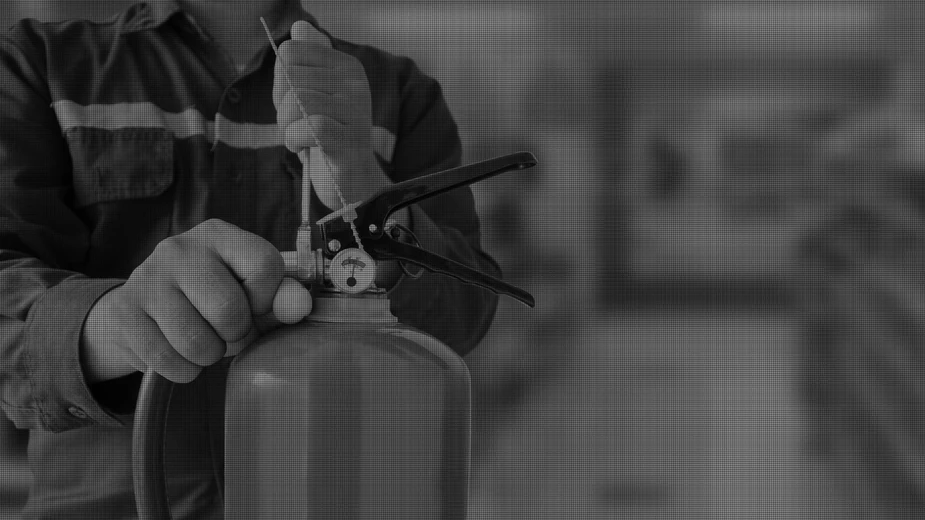
Try keeping an inventory of your extinguishers to jot down the date of the last fire inspection or being serviced.
Our Services:
- Water Fire Extinguisher Services
- Fire Hoses
- Fire Hydrants Installation
- Fire Inspection Services
- Kitchen Fire Suppression System
Contact Us (905-870-7779) for a Free Consultation!
—
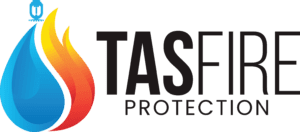
About TAS Fire Protection
TAS Fire Protection offers comprehensive and cutting-edge fire protection and security services to commercial, industrial, and high-rise properties. Our team of highly skilled professionals has years of experience in installing, maintaining, and inspecting fire alarm systems, fire sprinkler systems, fire extinguishers, fire hydrants, security alarm systems, and more. We understand that fire safety and security is essential to the protection of lives and property.
> Learn More
